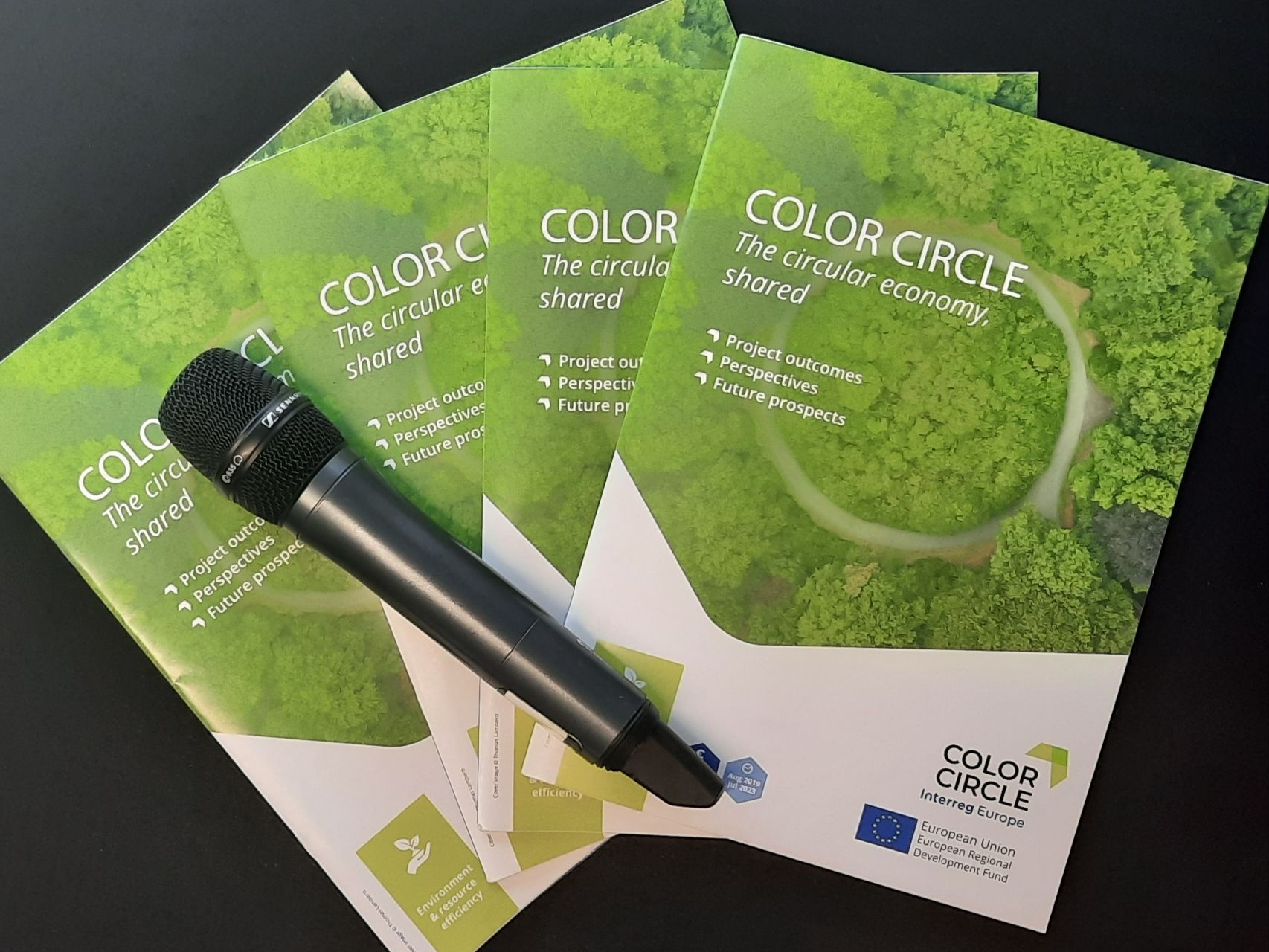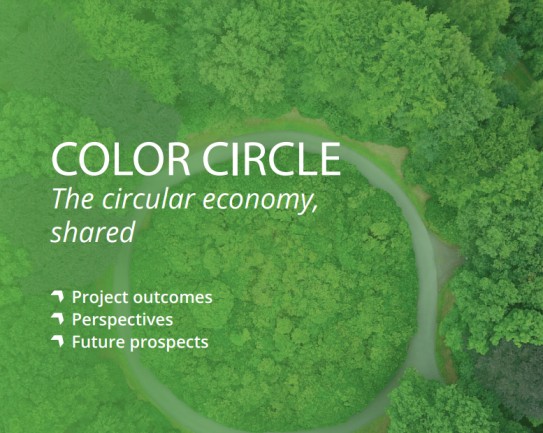This is the last article summarizing our event in Friesland in the Netherlands. Make sure to look at our other articles. You can find them here.
“Circular economy is based on 3 principles”, says Dr Toine Smits from Van Hall Larenstein University. 1. Design out waste and pollution 2. Keep products and materials in use 3. Regenerate natural ecosystems.

The Dutch expert Dr Toine Smits in delta areas and resource management initiated a network of 7 living-labs or field-labs across the country. “In a living-lab, it is not all about tech innovations, it is about 3 level of simultaneous innovations: business innovation and new markets, clean tech / smart engineering, innovative governance”. A living-lab, in Dr Toine Smits’ opinion, should be based on the quadruple helix, meaning administrations’ representatives, experts (civil servants), entrepreneurs, citizens (NGOs) should all participate to the elaboration and implementation of the living-lab, all equal.
His living-labs followed the ABCD process from Robèrt:
A - 1st step. Awareness combined with vision: what do we want to do, what core values do we embrace now for our future?
B - 2nd step. Baseline: where are we now? “All stakeholders should put their data on the table and share it with others”
C- 3rd step: The way forward: define small steps to go forward, decide on priorities.
D- 4th step. Creative solutions. Ask yourself ‘Does it move us in the right direction?’. Take into consideration its flexibility, can you adapt it when changes will happen? Is it a good return on investment?
With Jeroen van Wijk, from the Netwerk Noordoost/ ANNO, they gave project partners a selection of feedbacks, good practices to implementing a field-lab:
- Identify a suitable initiator, preferably non-political;
- Hire a full-time facilitator/project manager; a university can appear as a neutral stakeholder able to run a balanced process
- Do in-depth interviews of stakeholder candidates to prevent hidden agendas; start with “smaller” stakeholders
- Make sure to involve decision makers who dare to take decisions and go into actions;
- To assure the budget, use the leverage effect of different funding sources, try to make a financial deal with the stakeholders;
- Research can provide expertise, or leverage research funding that can help in the local transition to circular economy
- Meet with stakeholders often;
- Make people understand that they are part of the solution, and that environmental and economic goals are not conflicting : greater value can be reached through new approaches and new business models
- Communication is key. Have a clear website, make video presentations. Publish in local media regularly. Make yourself visible internationally, it helps when looking for new fundings.
- New people will arrive during the process, have an on-going learning process.
- Some existing structures will disappear in the process and because of it.
- Make sure you have knowledge institutions with you and an on-going teaching strategy.















